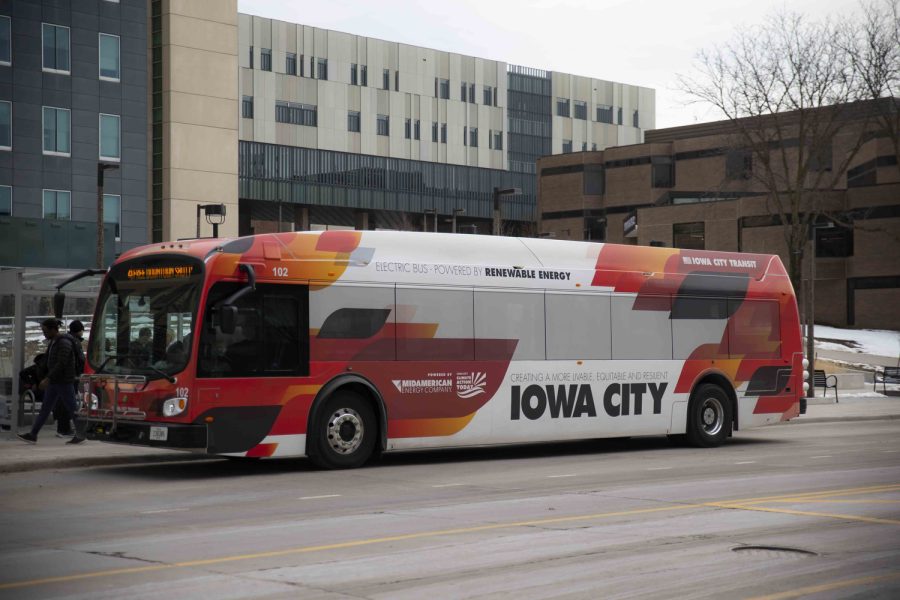The Johnson County Poor Farm hasn’t been an operating farm in decades, but in 2016, it will be back in business.
In the summer of 2014, John Boller, the executive director of the Coralville Ecumenical Food Pantry, was browsing the Johnson County website. He saw the Board of Supervisors was looking for proposals to put part of the Johnson County Poor Farm to use.
Specifically, the supervisors wanted a group to develop a local food-oriented project, and — given Boller’s occupation — an idea came to him.
“The first thing that popped up in my mind was about creating a farm that would grow food for the local food pantries,” he said.
The Johnson County Poor Farm was open from the 1850s to the 1970s as a place for the poor and mentally ill to live and work. It is currently on the National Register of Historic Places.
Boller contacted two other people he knew whose job in some way involved organic food and developed the idea of a two-acre farm on which organic food would be grown, then given to local people who needed it.
Those two people Boller contacted were Bob Andrlik, executive director of Table to Table, an organization dedicated to distributing donated food to people in need, and Scott Koepke, an organic gardening educator at the New Pioneer Coop.
The supervisors accepted Boller and his colleagues’ idea last fall, named Grow: Johnson County, and since then they have been ironing out the details and preparing to get started.
Besides the initial planning, Grow: Johnson County, has applied for a grant that could help it out tremendously, the organizers said.
The organic seed and food company Seeds of Change is holding its Seeds of Change Grant Program competition, in which more than $200,000 in total will be awarded to community or school gardens, ranging from $20,000 for first place to $1,000 for third place.
“If we were awarded up to the $20,000 mark … that could really go a long ways, where we’re thinking it would be an opportunity to maximize the food production,” Boller said.
The group’s Facebook page contains a link to vote, which one can do once a day until April 27.
The group’s goal is to work to enrich the soil this year, with the possibility of growing some cold-weather crops, with full-scale production — ranging from potatoes to kale to tomatoes — starting in the spring of 2016.
Andrlik said one way they’ll enrich the soil is to grow Sudan sorghum grass, because the plant’s roots will first break up the soil, and then it will be mowed to provide beneficial organic matter for the two acres.
Koepke, who will act as a consultant on soil preparation and garden education, said the work of planting and mowing of the sorghum grass is essential when converting land that was used for corn and soybean production into organic vegetable production.
“[The Sudan sorghum grass] will build available nutrients for vegetable, flower and herb production for the local food pantries in the spring of 2016,” he said. “It is essential to first build microbiology and organic matter through cover cropping.”
Besides helping feed people in need, Andrlik sees a multitude of uses for the two acres.
“There’s so many possibilities with this, for educational opportunities [and] the population at large coming out and learning about it, helping with planting and harvesting. It can work on so many different levels and we’re really excited about the prospects,” he said.






